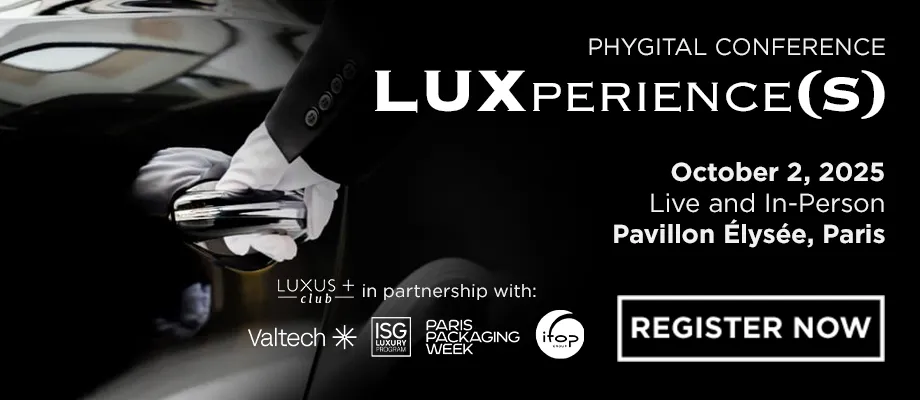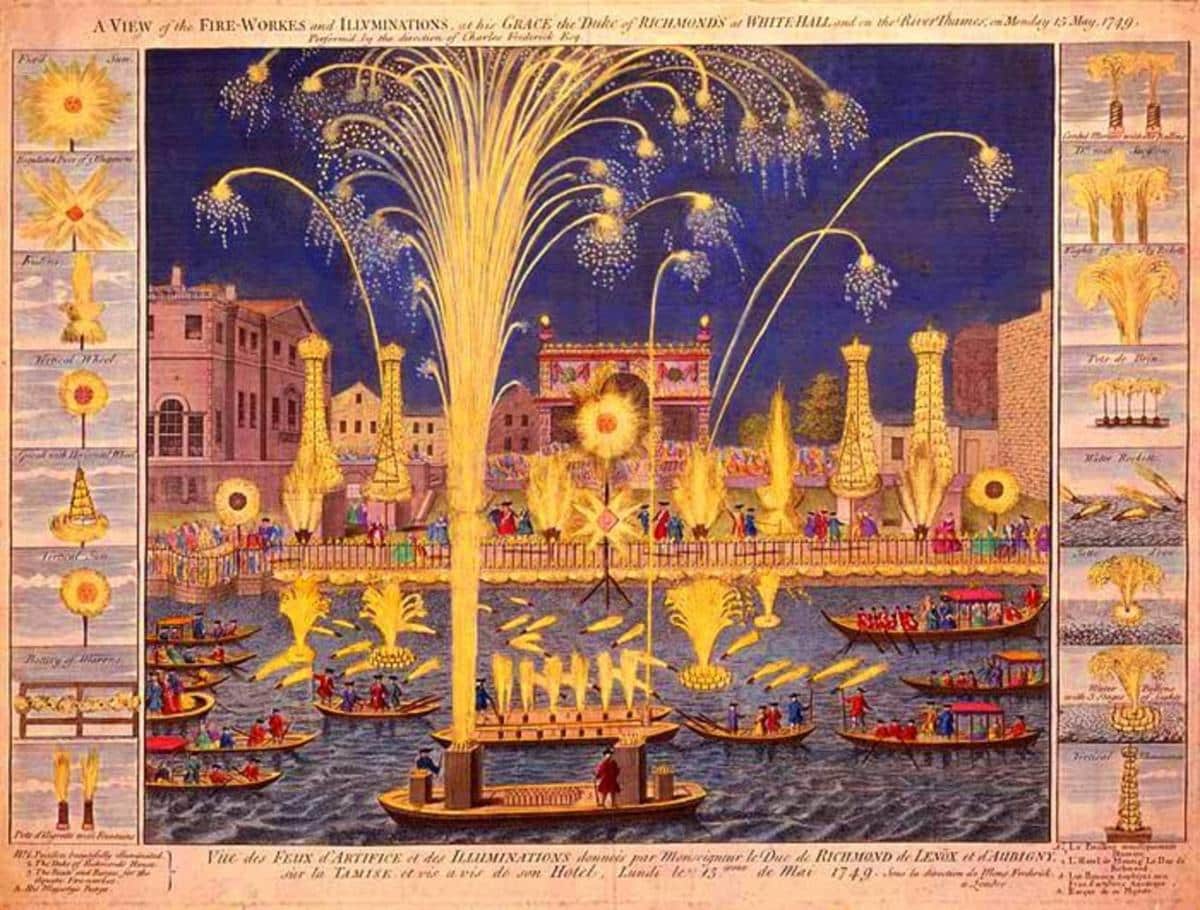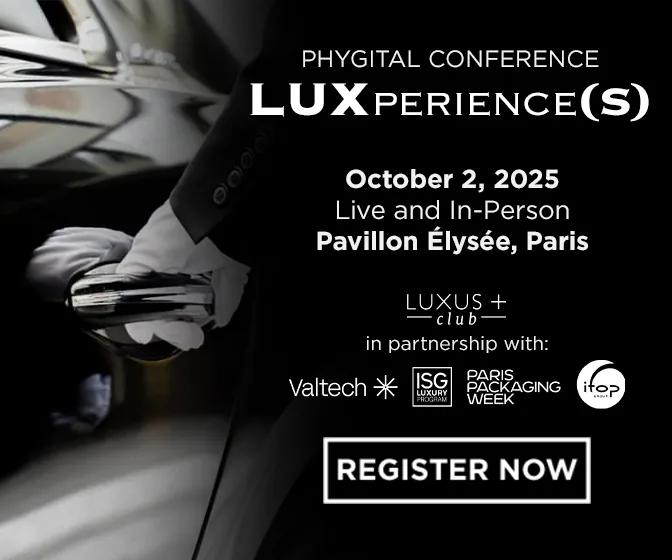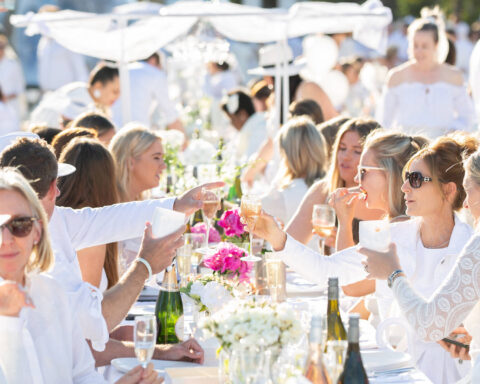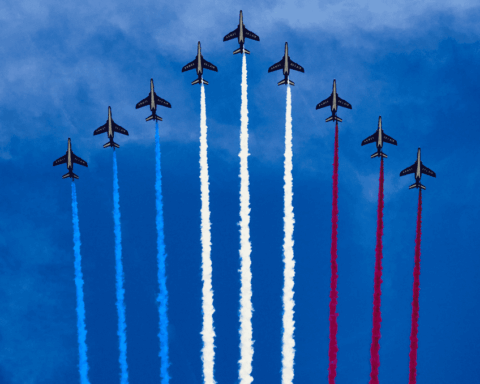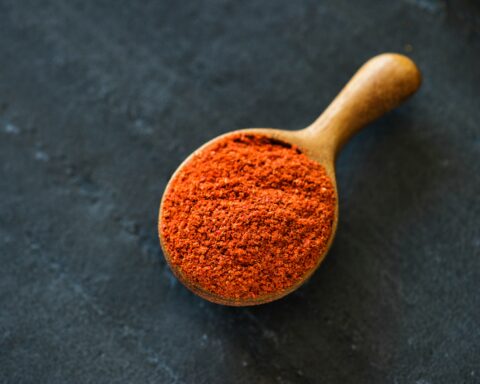Must of the 14th of July, fireworks first appeared in China in the 7th century, with a much less festive role than today: to ward off evil spirits.
Brought back by the explorer Marco Polo, these “magic fires” soon became a symbol of royal authority in Europe, particularly in Italy. Although its manufacture has evolved over the ages, the recipe for gunpowder, known as “black powder”, remains the same: sulfur, saltpetre and charcoal. Black powder was originally developed for medicinal purposes, before being used as a decisive weapon in military campaigns.
It became an object of entertainment and fascination for the monarchs of Europe, and an essential component of fireworks displays. This ultimate royal attribute was finally preserved after the French Revolution to become a key component of popular celebrations. However, both safety and ecological considerations (carbon footprint and animal welfare) are gradually replacing fireworks with swarms of drones, both in France and in their native lands.
A look back at an invention made of light and sound.
China discovers black powder
One of the four great Chinese discoveries of the ancient world – alongside the compass, printing and paper – black powder is a source of national pride.
As proof, 2,000 years later, Liuyang, in Hunan province, the most credible birthplace of the famous magic powder, remains a mecca for the international fireworks trade. The latter – which also has its national museum in the city – is called 烟花 yān huā, meaning “smoke flower”.
A tenacious legend has it that fireworks were discovered by chance, by Taoist alchemists during the reign of the Tang dynasty. The etymology of the word “fireworks”, 花 药 in Mandarin (huā yào), literally means “fire medicine”.
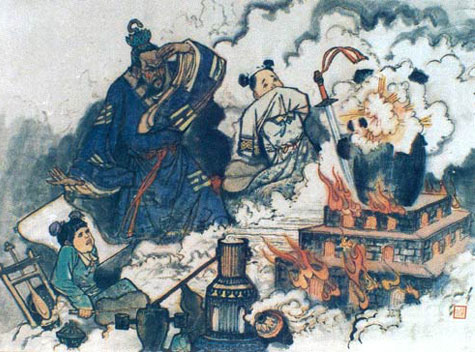
In search of an elixir of immortality – following in the footsteps of China’s first emperor Qin Shi Huang and his over-consumption of mercury – imperial alchemists around 800 B.C. made a decoction in a furnace from various minerals, including saltpetre (potassium nitrate), recognized as a natural food preservative. The latter is notably capable of prolonging the life of foodstuffs, when it doesn’t simply serve as a natural fertilizer. One hypothesis is that the Tang Taizong emperor died from drinking the beverage, while another is that the oven simply exploded.
A less mythical origin is that of Li Tian, a monk living in the Chinese city of Liuyang. He is said to have created the first fireworks bombs to ward off evil spirits – the kouei or gui 鬼. To this end, he is said to have made a mixture with carbon in the form of dried honey, bitumen, saltpeter and sulfur.
According to local superstitions, these shadowless, repulsive-looking revenants traumatize the living and the dying, causing illness and disaster. These creatures can take on any form, including that of the water demon. It can then enter the respiratory tract and take over the bodies of the living. Stuffing bamboo stalks with the mixture discovered by Li Tian before lighting them causes a very noisy explosion. A phenomenon caused by overheated bags. A phenomenon caused by the overheating of the bamboo’s hollow air pockets. The first firecrackers and fireworks for entertainment were born.
Whatever the origin of the fuel needed for fireworks, the Chinese soon discovered two rules of physics: powder explodes on contact with fire and releases gas, which spreads rapidly when exposed to heat.
The Chinese emperors continued to perfect this invention, giving rise to the oldest chemical explosive and the only one known until the mid-19th century, before the discovery of nitroglycerine and nitrocellulose: the famous black powder.
Fireworks – which at the time were giant flames that did not yet set the sky ablaze – began to be lit for celebrations, from weddings to New Year’s Eve.
But the increasing number of attacks on China’s borders, particularly by the Mongol hordes, brought the invention to the battlefield.
The magic fire of warring kingdoms
Firecrackers, made of black powder wrapped in paper, were born with Ma Jun during the so-called Three Kingdoms period.
For both tactical and offensive military purposes, the Chinese discovered that attaching these famous rockets to arrows gave them a means of propulsion and enabled them to attack the enemy from a safe distance. This is how one of the first rockets, the “flying fire crow”, came into being during the Ming dynasty. Thin strips of bamboo are bound with tissue paper and then glued together to form a raven. Exploding loudly and showering flames on the enemy, these rockets and other firecrackers were soon exported outside the Middle Kingdom.
As part of the spice trade, the Arabs not only brought home these inventions – which local writers referred to as “Chinese flowers” – they perfected them with a purer nitrate.
It wasn’t until the 13th century that the explorer Marco Polo brought this black powder back to Europe.
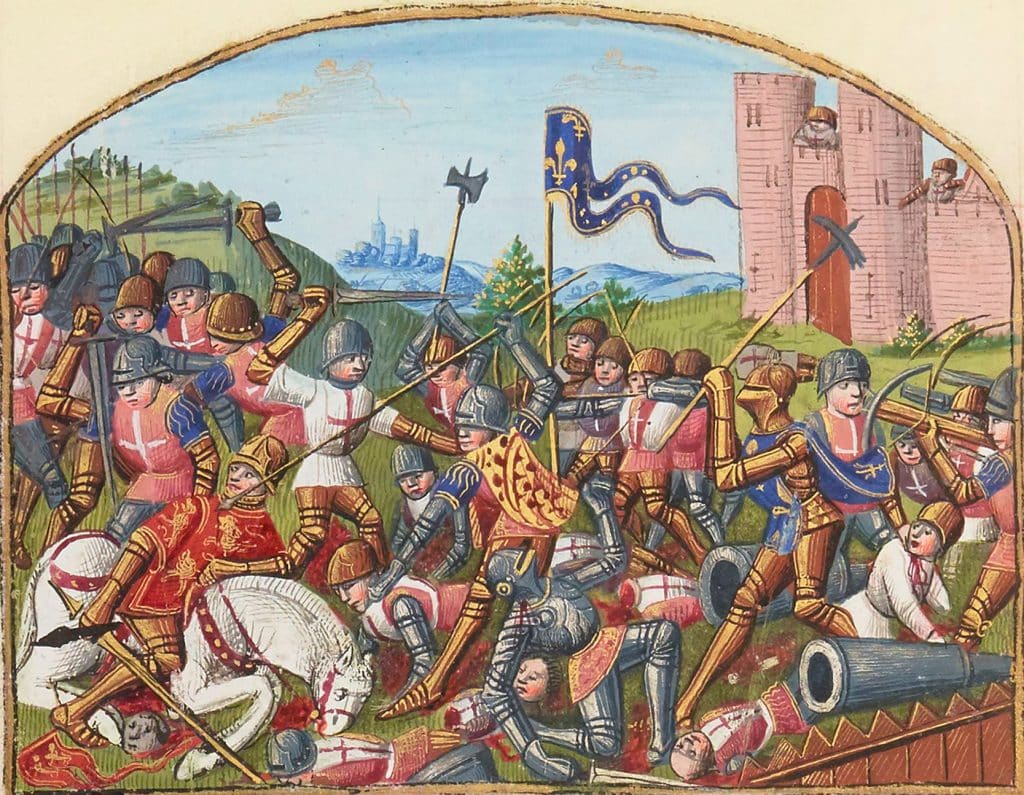
The Europeans added a liquid capable of increasing the granularity and stability of the powder without producing smoke. The result was the forerunner of cannons – bombards and muskets. The first weapon proved decisive during the Hundred Years’ War in the English army’s victory at the Battle of Crécy (1346), then in the French army’s victory at Castillon (1453). The second was used by Spanish and Portuguese conquistadors in Latin America and Japan.
The showpiece of the court
At the end of the Middle Ages, fireworks made their appearance, notably to represent the fires of hell. Gargoyles and demons were filled with flaming powder to impress spectators. Fireworks were also used in religious celebrations and public entertainments, such as the mysteries, the multi-scene plays performed on church squares to tell the holy story to passers-by.
With the arrival of the Renaissance, the Italians turned their attention to black powder and fireworks, giving rise to an Italian school of pyrotechnics, then reputed to be the best in the world. These early fireworks designers didn’t hesitate to mix precious metals such as gold and silver with black powder to create the first coloured fireworks, enough to brighten up carnivals.
Eventually, the invention spread across the Alps, so much so that King Henry II of France appointed “maîtres artificiers” to decorate parties and receptions.
In 1615, a fireworks display was fired from the Place des Vosges in honor of Louis XIII’s marriage to Anne of Austria. This episode inaugurated sumptuous son et lumières in the estates of Fontainebleau, Vaux le Vicomte and Versailles, as well as in the capital.
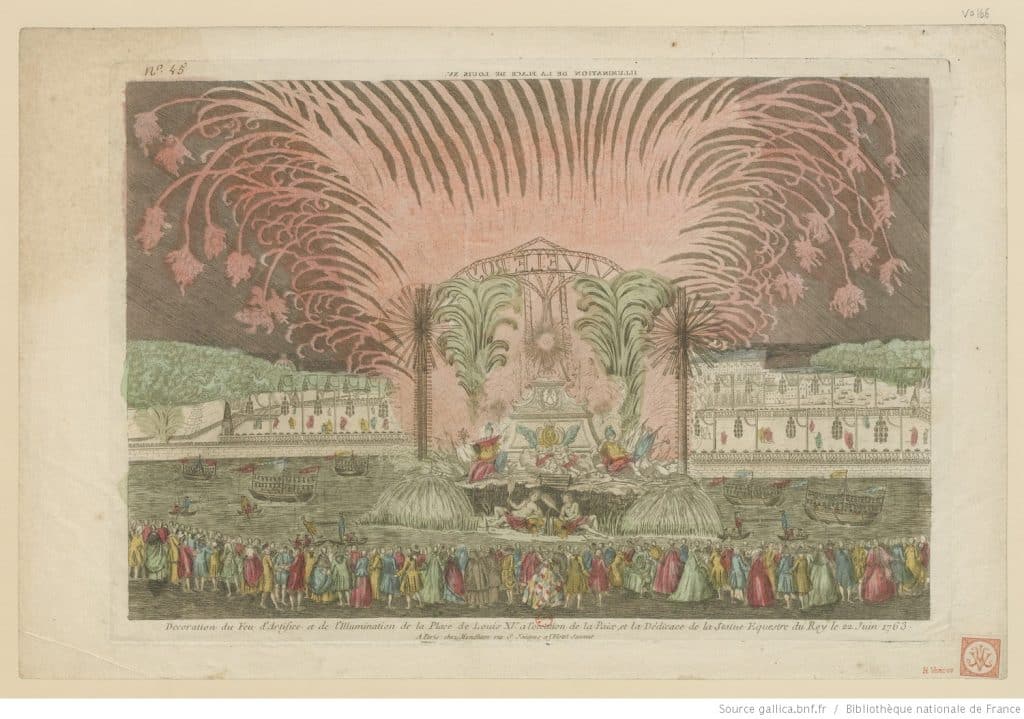
The crowned heads of Europe were not to be outdone. For example, Peter the Great, the Russian tsar behind the construction of the lakeside city of St. Petersburg, had a giant 5-hour fireworks display to mark the birth of his son.
In the 18th century, the position of royal fireworks maker was instituted in France. It soon fell to the Ruggieri brothers, who served under Louis XV, Louis XVI and Emperor Napoleon Bonaparte.
The bonfires were the pretext for grandiose decorations built exclusively for the occasion, such as towers and temples. These festivities enchanted the king’s subjects and illuminated their castles for special occasions.
In those days, only two colors were represented: yellow and white.
Although it remained a symbol of the power of royal and noble families, the French Revolution did not put an end to fireworks.
On the contrary, it was adopted by democracies the world over. In the United States, fireworks even enabled politicians to draw crowds to their political rallies.
An instrument of popular celebration
On July 4, 1776, the firework changed scale, leaving the private sphere behind and embracing the people and democracy. This change is largely due to the American statesman John Adams, who in a letter the day before the very first national holiday commemorating the signing of the United States Declaration of Independence (Independence Day) called for “parades, bonfires and illuminations on both sides of the continent”.
In 1830, fireworks were definitively colored and finally brought closer to their modern version.
They were enriched with metal salts (or metal powders) to generate unusual hues such as blue from copper, orange from calcium, green from barium and red from strontium.
They became an integral part of popular festivities, notably at the inauguration of the Paris Universal Exhibition in 1889.
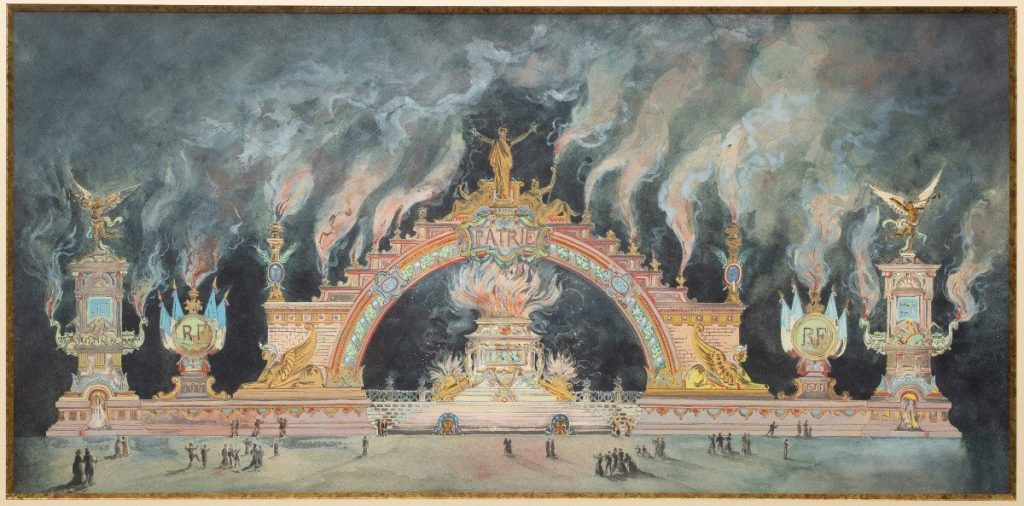
In the twentieth century, advances in chemistry enabled more meticulous control of the fireworks display, with timers that set off fire at a tenth of a second.
Since then, fireworks have been a staple of New Year’s Eve (Western and Lunar) and national holidays (July 4th in the USA, July 14th in France, Diwali Festival of Lights in India).
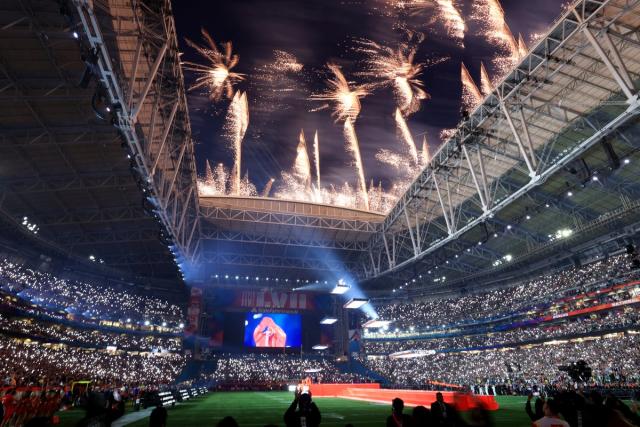
Beyond their patriotic aspect, fireworks often close major sporting competitions such as the Olympic Games or the Super Bowl in the United States. They become a symbol of unity and conviviality, all the more so as they appeal to all cultures and to the whole family.
Since the year 2000, fireworks have become an increasingly common part of people’s daily lives.
However, more and more voices are being raised against the carbon footprint of such devices, not to mention the very real risks of fires in the midst of global warming.
The culprits are none other than the fine metallic particles that give them their shimmering colors. Similarly, although they don’t emit smoke as such, the fires are composed of potassium and aluminum (used as propellants).
For these reasons, even China, the birthplace of fireworks, has been banking on drone shows in recent years.
Witness the 1,500 drones used to create a flying dragon in the skies over Shenzhen this year for the “Duanwu” Dragon Boat Festival (June 22).
With drones, the risk of fire – as well as unfortunate accidents – can be better avoided. On the other hand, this alternative to fireworks is at the mercy of cyber-attacks, posing risks to privacy and state security.
History will tell whether the drone will win out over the firework, but in the meantime, we’ll be shouting from Paris to Bangkok, from Tokyo to Mumbai, oh la belle bleue, oh la belle rouge!
Read also >KRUG X LEMON – BRAZIL TRIP : IN SEARCH OF THE PERFECT MARRIAGE BETWEEN LEMON AND CHAMPAGNE
Featured photo : © Engraving of the royal fireworks display on the River Thames, London, England in 1749.

